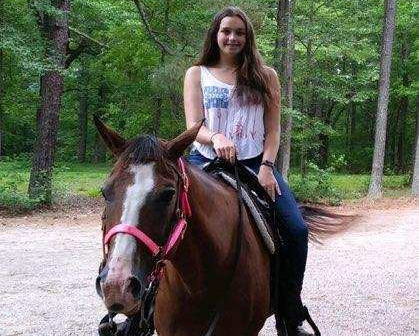Scoliosis
About scoliosis
You may have noticed that at every well-child check-up, your child's pediatrician asks them to bend over and touch their toes. This simple test isn't just checking your child's flexibility. It's also checking if the spine is straight. If the spine curves - making an S or C shape - your child may have scoliosis. Sometimes, the curvature can appear seemingly suddenly, around puberty and before or after a growth spurt.
Our experienced and compassionate orthopaedic surgeons understand the importance of integrated care. We use the latest medical technology for diagnosing and treating children with scoliosis. Our Children's Pavilion is home to Central Virginia's first EOS X-ray imaging tool - a tool that allows us to get crystal-clear images of your child's spine without exposing them to high levels of radiation.
Is scoliosis common in children?
Scoliosis is very common among children, the most common form being found in adolescents. It's estimated that nearly 3 million adolescents will be diagnosed with scoliosis each year. Fortunately, most cases of scoliosis are mild and can be treated by wearing a brace or through observation. Occasionally, scoliosis can cause severe deformities and pain. An early diagnosis is important to ensure your child doesn't develop complications such as difficulty walking or moving around, or issues with self-confidence.
Causes of scoliosis
Most of the time, there is no clear cause of scoliosis. Sometimes, it's a complication from another condition, like cerebral palsy or muscular dystrophy. Scoliosis can also be hereditary - meaning it can run in families. However, some children have no family history of the condition.
Signs of scoliosis
The most common sign of scoliosis is when the spine curves to one side - forming a “C” or “S” instead of straight. You or your child's doctor may also notice a difference in shoulder height, shoulder blade positions or hip height.
What can you do about scoliosis?
There are many effective treatments that can help with scoliosis and correct the curve of the spine. Your child's doctor will closely monitor your child's spine with regular imaging. Based on the severity of the curve, treatment may include:
- Bracing: A brace can help support the spine and guide it into a straight position. Your doctor may recommend a brace, along with regular monitoring and exams, if your child is still growing or scoliosis is moderate.
- Surgery: If your child's spine curvature is severe (more than 45 degrees) and has not responded to bracing, then surgery may be recommended. Many effective and safe surgical approaches can correct the spine's curve and even allow your child to enjoy their favorite activities again.
Emily's story: Back in the saddle after scoliosis surgery
 Angela Davis gave her 11-year-old daughter Emily a hug like she had done many times before, but this time something felt different.
Angela Davis gave her 11-year-old daughter Emily a hug like she had done many times before, but this time something felt different.
“She noticed that my shoulder blades didn't seem like they were in the right place,” said Emily. “We went to the doctor the next day.”
Although Emily had seen her pediatrician just six months prior for her regular checkup, her scoliosis wasn't discovered until she hit a growth spurt. She was immediately referred to an orthopaedic surgeon and, like most moms, Angela did her own research to learn about her daughter's condition and options for care.
